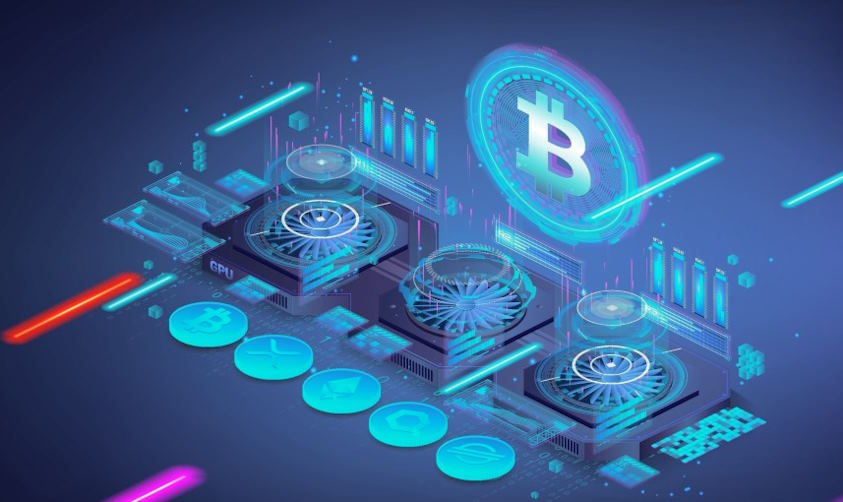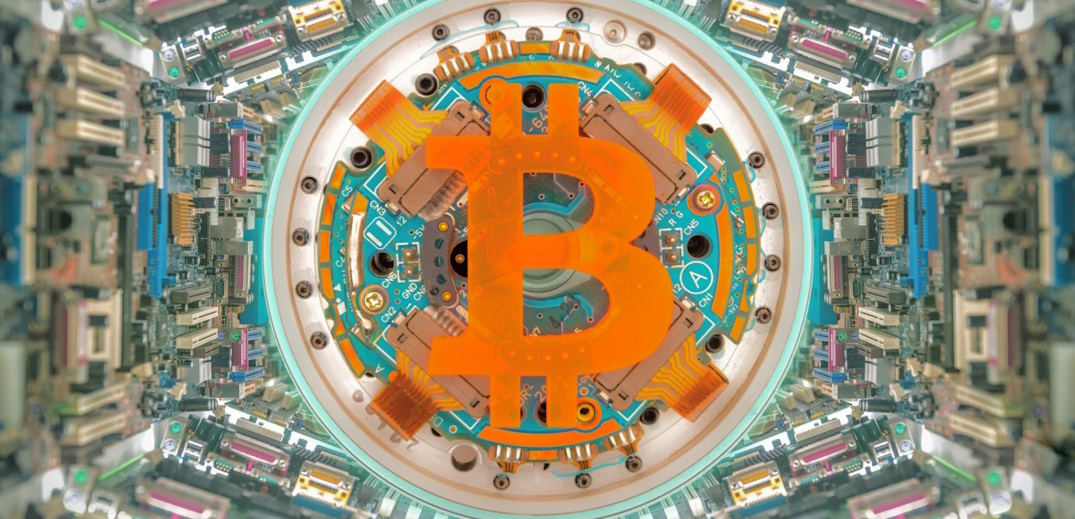Cryptocurrency mining, once a niche activity conducted by a handful of enthusiasts, has emerged as a driving force behind technological innovation. This captivating industry, fueled by the pursuit of digital currencies like Bitcoin and Ethereum, has pushed the boundaries of hardware, software, and energy efficiency. In the relentless race for mining rewards, miners have continually sought to optimize their operations, leading to remarkable advancements in computing power, specialized hardware, and groundbreaking software solutions. As a result, cryptocurrency mining has become a catalyst for technological innovation, leaving an indelible impact on industries beyond the realm of digital currencies.
Technological Advancements Driven by Mining
Hardware innovation:
Cryptocurrency mining has fueled remarkable advancements in hardware, pushing the limits of computational power. One significant outcome of this innovation is the development of more powerful GPUs (Graphics Processing Units) and ASICs (Application-Specific Integrated Circuits). Miners strive to maximize their mining efficiency, leading to the creation of specialized hardware designed specifically for mining operations. These custom hardware designs optimize performance, reduce energy consumption, and enhance overall mining capabilities. Moreover, advancements in cooling and power management systems have emerged to tackle the heat and energy challenges associated with intensive mining operations. Innovations in cooling technology, such as liquid cooling solutions and improved heat dissipation methods, have allowed miners to maintain optimal temperatures for their hardware, increasing longevity and efficiency.

Software developments:
Mining software plays a crucial role in optimizing mining performance. Developers continually strive to enhance mining software by implementing various optimizations. These optimizations range from fine-tuning algorithms to improving memory management and parallel processing capabilities, resulting in increased mining efficiency. Furthermore, the introduction of new mining algorithms and protocols has expanded the range of cryptocurrencies that can be mined, catering to a broader market of miners. Additionally, the development of mining management tools and monitoring systems has simplified the management and monitoring of mining operations. These tools provide real-time data on mining performance, energy consumption, and hardware health, empowering miners to make informed decisions and streamline their operations.
Energy efficiency improvements:
As concerns over energy consumption associated with cryptocurrency mining have grown, the industry has responded with efforts to improve energy efficiency. One significant advancement is the transition to more energy-efficient mining algorithms. By exploring and implementing algorithms that require less computational power, miners can achieve comparable mining results while reducing energy consumption. Moreover, the mining industry has begun to explore alternative energy sources for mining operations. Renewable energy, such as solar and wind power, has gained traction as a sustainable solution for powering mining facilities. Miners have also started collaborating with renewable energy industries, aiming to establish partnerships that benefit both parties. Such collaborations provide miners with access to cleaner and more cost-effective energy sources, while renewable energy projects receive support and contribute to the transition to a greener future.
Ripple Effects on Other Industries
Impact on the semiconductor industry:
The exponential growth of cryptocurrency mining has had a profound impact on the semiconductor industry. As mining operations require high-performance chips, there has been an increased demand for specialized hardware, particularly GPUs and ASICs. This surge in demand has led to collaborations between mining companies and chip manufacturers, driving innovation and pushing the boundaries of chip technology. The development of more powerful and efficient chips designed for mining has not only benefited the mining industry but also had spillover effects on other sectors. The advancements in chip technology have found applications in fields such as artificial intelligence, data centers, and scientific research, contributing to the overall technological progress.

Influence on renewable energy adoption:
The energy-intensive nature of cryptocurrency mining has sparked a need for cost-effective and sustainable energy sources. Miners have recognized the environmental impact of their operations and the long-term viability of using traditional energy sources. Consequently, mining operations have become a catalyst for innovation in the renewable energy sector. Miners have started to explore and invest in renewable energy solutions, such as solar and wind power, to power their mining facilities. This collaboration between mining and renewable energy industries brings mutual benefits. Miners gain access to cleaner and more affordable energy sources, while the renewable energy sector receives financial support and increased demand, accelerating the adoption of sustainable energy solutions.
Spillover effects on cybersecurity:
Cryptocurrency mining has heightened the focus on securing mining operations and the underlying blockchain networks. As mining operations involve significant financial value, they become attractive targets for cyberattacks. This heightened security awareness has led to advancements in blockchain security protocols and practices. Blockchain technology, the foundation of cryptocurrencies, has been strengthened through the implementation of enhanced security measures, making it more resilient to attacks. Furthermore, the mining industry has fostered the development of specialized cybersecurity solutions tailored to the unique challenges faced by mining operations. These solutions provide increased protection against hacking attempts, ensuring the integrity and security of mining operations.
